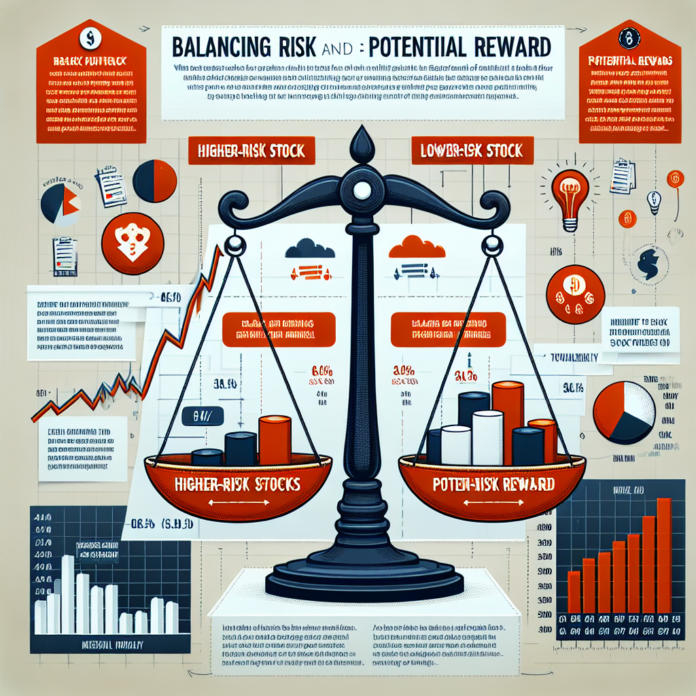Investing in the stock market is inherently a balancing act between risk and reward. Achieving this balance is central to the philosophy of portfolio management and is essential in pursuing long-term financial success. The key lies in constructing a portfolio that aligns with your risk tolerance while positioning for optimal returns. This article explores how investors can achieve an equilibrium between the potential risks they face and the rewards they seek.
Understanding Risk and Reward
Risk is the possibility of losing invested capital, while reward refers to the potential gains made on investments. Generally, higher risk is associated with higher potential returns, and vice versa. However, the relationship between risk and reward is not always linear and can be influenced by various factors including market volatility, economic conditions, and individual investment choices.
Assessing Your Risk Tolerance
Risk tolerance varies from investor to investor, influenced by factors such as age, income, investment goals, and personal comfort with uncertainty. Before adjusting your portfolio, it is vital to conduct a risk tolerance assessment, which helps in selecting the right mix of investments.
Diversification: The First Rule of Balance
Diversification is the most effective strategy to balance risk and reward. By spreading investments across different asset classes, industry sectors, and geographical regions, you can mitigate the impact of a downturn in any single area. Portfolio diversification can reduce the volatility of your portfolio without significantly compromising potential returns.
The Role of Asset Allocation
Asset allocation involves dividing your investment portfolio among different asset categories like stocks, bonds, and cash. The process is governed by your investment horizon and risk tolerance. Stocks generally provide higher returns with greater risk, while bonds offer lower returns with reduced risk. Cash, or cash equivalents, while offering the least risk, also provide the smallest potential returns. Financial advisors and investment platforms such as Vanguard often provide valuable guidance and tools to help with asset allocation.
Active vs. Passive Investment Strategies
Investors have the option to choose an active or passive investment approach. Active investing involves frequent buying and selling with the aim of outperforming the market. In contrast, passive investing focuses on long-term appreciation by mimicking market indices. Each comes with its own level of risk and potential reward. Understanding the difference, as explained by resources like Morningstar can be crucial in making informed decisions when balancing your portfolio.
Monitoring and Rebalancing: Key to Maintaining Balance
Over time, shifts in the market can skew your portfolio from its original allocation. Regularly monitoring your investments and rebalancing when necessary helps maintain your desired level of risk exposure. This may involve buying or selling assets to return to your original asset allocation.
Embracing Modern Portfolio Theory (MPT)
Modern Portfolio Theory (MPT) suggests that it’s possible to design an “efficient frontier” of optimal portfolios offering the maximum possible expected return for a given level of risk. Exploring these MPT principles can help in crafting a balanced stock portfolio.
Conclusion
Balancing risk and reward in your stock portfolio is a dynamic and ongoing process. Understanding your risk tolerance, employing diversification, determining your asset allocation, choosing between active and passive investments, and regular portfolio rebalancing are all integral steps in this journey. While no investment strategy is without risk, these steps can help align your portfolio with your investment objectives, steering you toward a more secure financial future. For individualized advice, consider consulting with a financial advisor or using investment management services like Charles Schwab, which can offer tailored portfolio management solutions. Remember, achieving your investment goals is not just about the destination but also how you navigate the path to get there.




 AGF-B.CO
AGF-B.CO